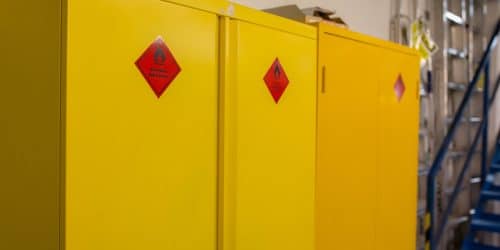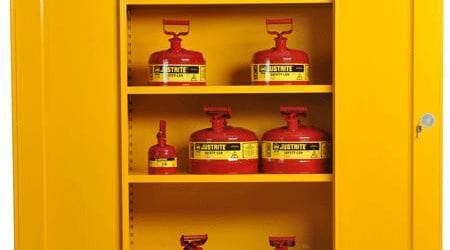A guide to COSHH responsibilities for employers and employees
The Control of Substances Hazardous to Health (COSHH) regulations are a crucial legal requirement designed to protect workers from the risks associated with hazardous substances in the workplace. Both employers and employees have significant duties to fulfill under these regulations to ensure a safe working environment.
The primary purpose of these regulations is to safeguard the health and well-being of workers. These Regulations cover various industries and workplaces, addressing hazardous substances like chemicals, dust, fumes, gases, and biological agents. These substances can cause health risks, including respiratory issues, skin irritations, and potential fatalities. The purpose of this guide is to ensure that both employers and employees have a clear understanding of their respective responsibilities, thus promoting a safe and healthy workplace for all.
What are your COSHH responsibilities as an employer?
Employers have a lot of health and safety responsibilities at work and the purpose of COSHH is to protect people from hazardous substances at the workplace. A hazardous substance refers to any chemical, biological, or physical agent that has the potential to cause harm to human health or the environment. This includes substances that are toxic, flammable, corrosive, carcinogenic, mutagenic, or pose any other form of hazard. Examples of hazardous substances commonly found in workplaces include solvents, cleaning agents, pesticides, asbestos, lead, biological agents (such as bacteria or viruses), and various types of dust and fumes.
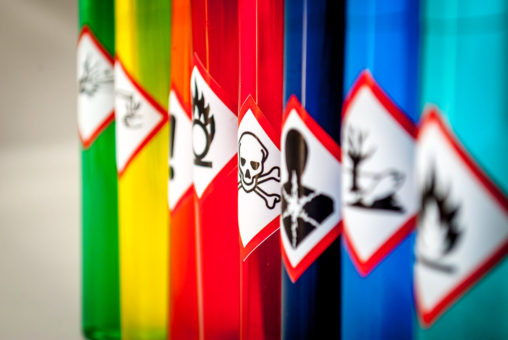
Employers are responsible for identifying and assessing the risks posed by hazardous substances, implementing control measures to minimize exposure, providing adequate training and information to employees, and maintaining appropriate monitoring and emergency procedures. You can find more information on the HSE website
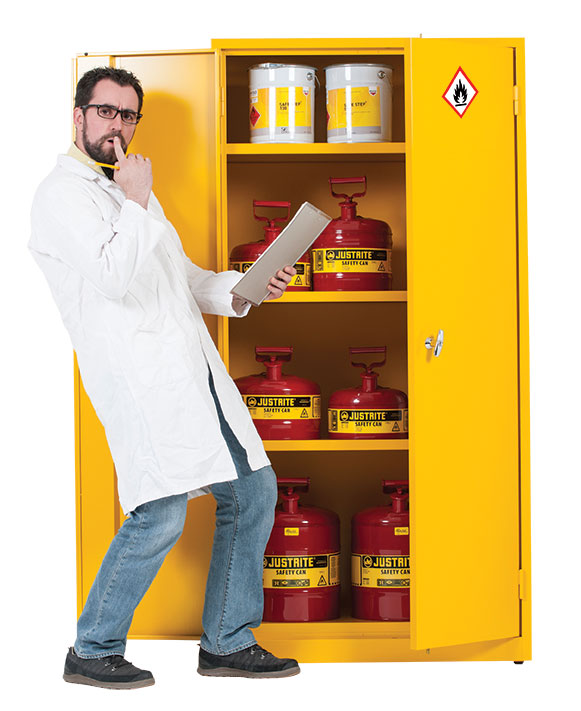
How many requirements does COSHH place on the employer?
There are seven basic control measures that employers need to comply with.
- Step 1: Assess risk – The purpose of carrying out a COSHH assessment is to systematically identify, evaluate, and control the risks associated with hazardous substances in the workplace. For more details read our blog – What is a COSHH assessment? https://www.manutan.co.uk/blog/coshh/what-is-a-coshh-assessment/
- Step 2: Decide what precautions are needed.
Determining the precautions needed for hazardous substances requires a comprehensive assessment of the specific substances and their associated risks. - Step 3: Prevent or adequately control exposure.
By implementing preventive measures and adequate controls, employers can effectively minimise or eliminate exposure to hazardous substances. - Step 4: Ensure that control measures are used and maintained.
In order to ensure the effectiveness of control measures, it is crucial to establish systems and processes that promote their proper use and maintenance. - Step 5: Monitor exposure
Monitoring exposure enables employers to assess the effectiveness of control measures and identify areas that require improvement. - Step 6: Carry out appropriate health surveillance.
Health surveillance involves the systematic monitoring of workers’ health to identify any adverse effects resulting from exposure to these substances. - Step 7: Prepare plans and procedures to deal with accidents.
Preparing plans and procedures to deal with accidents involving hazardous substances is crucial for ensuring prompt and effective response in the event of an incident.
How often do staff need to complete COSHH training?
The frequency of COSHH training for staff depends on various factors, including specific workplace hazards, the level of risk, and any regulatory requirements. It is generally recommended that staff receive regular training every 1-3 years. However, it’s important to note that some industries may require more frequent training due to higher risks or legal obligations. Therefore, it is essential for employers to conduct a thorough risk assessment and consult relevant regulations or industry standards to determine the appropriate frequency of COSHH training for their staff.
What are your COSHH responsibilities as an employee
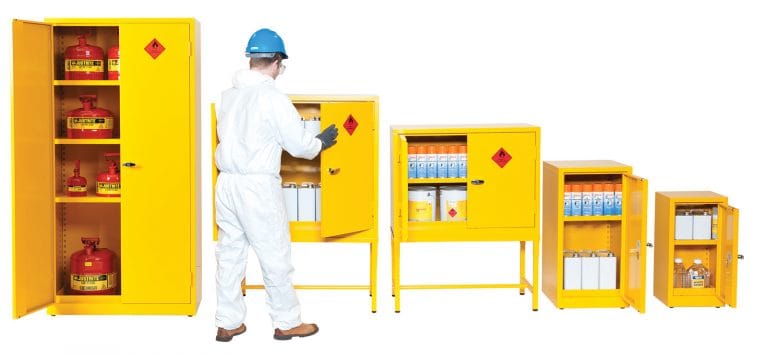
Like employers, employees also have legal health and safety responsibilities. As an employee, responsibilities under COSHH regulations, specifically referring to Safety Data Sheets (SDS), are outlined in the Safety Data Sheet (SDS) Viewer (SV 50) guidance. Things to consider are:
- Cooperating with their employer by following instructions and safety procedures related to hazardous substances.
- Using control measures and safety equipment provided by their employer correctly.
- Reporting hazards, accidents, near misses, or incidents involving hazardous substances to their employer.
- Following safe working procedures for handling, storing, and disposing of hazardous substances.
- Participating in health and safety training programs and information sessions provided by their employer.
- Taking care of their own health and safety, as well as that of others who may be affected by their work activities.
Employees should report any concerns or incidents related to COSHH to their employer or supervisor. In larger organizations, designated health and safety representatives or specific departments may handle these reports.
Self-employed individuals are considered both the employer and employee under COSHH. They are responsible for conducting risk assessments, implementing control measures, and ensuring access to information and training regarding hazardous substances.
By fulfilling these responsibilities, employees contribute to maintaining a safe and healthy working environment in relation to hazardous substances.
Conclusion
In conclusion, both employers and employees have important legal health and safety responsibilities under the COSHH regulations. By working together and fulfilling their respective responsibilities, employers and employees can ensure compliance with COSHH regulations and promote a safe working environment. If you are in need of any COSHH equipment have a look at our website or give our sales team a call on 0800 652 6000, they are happy to help.





